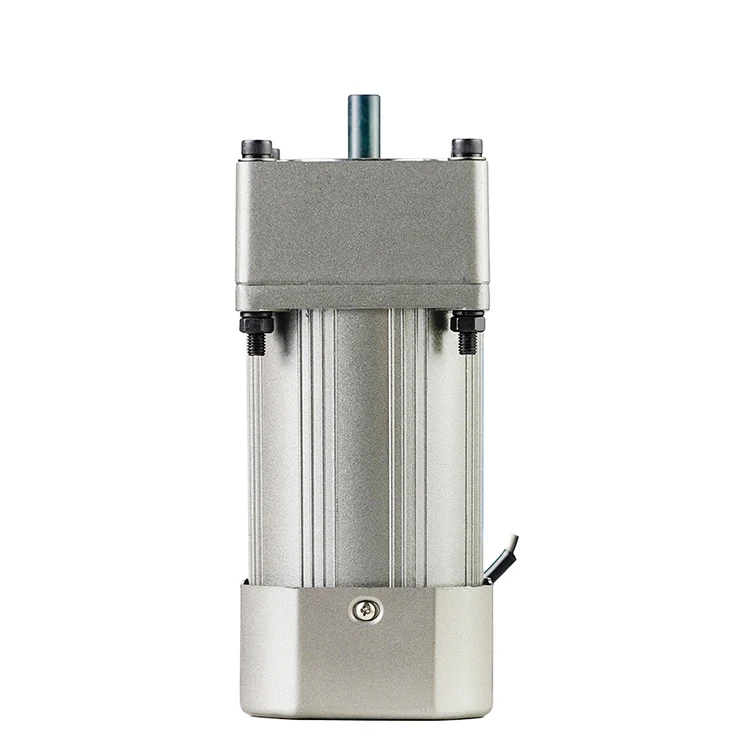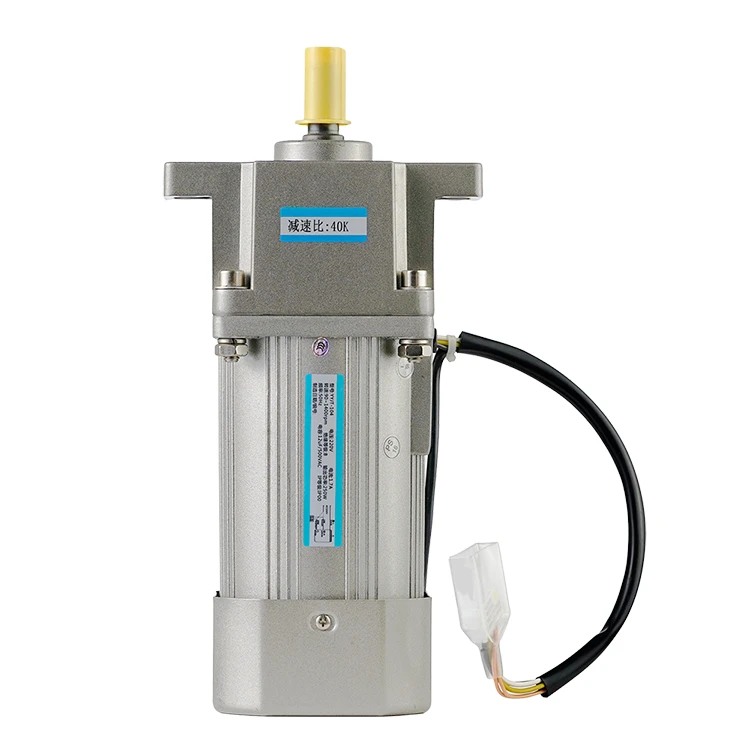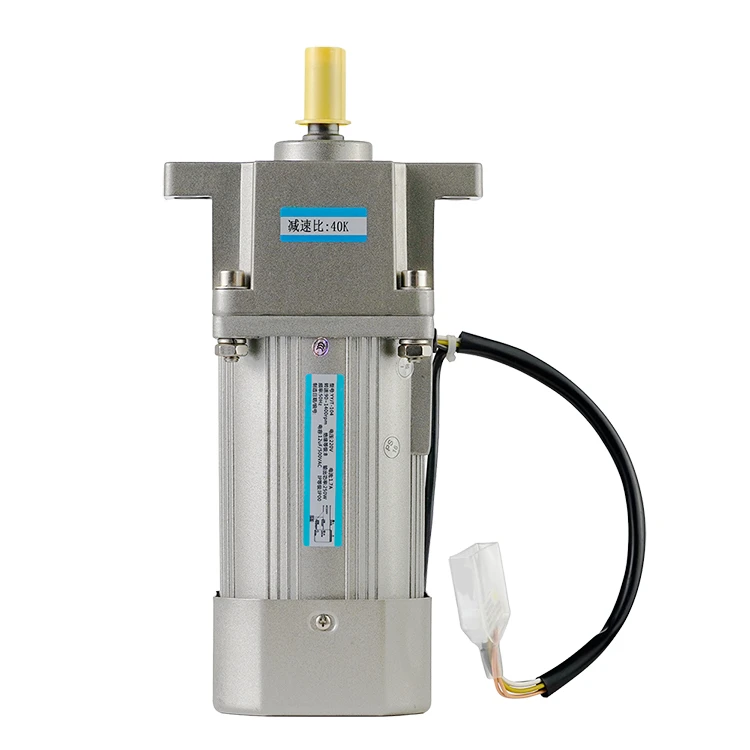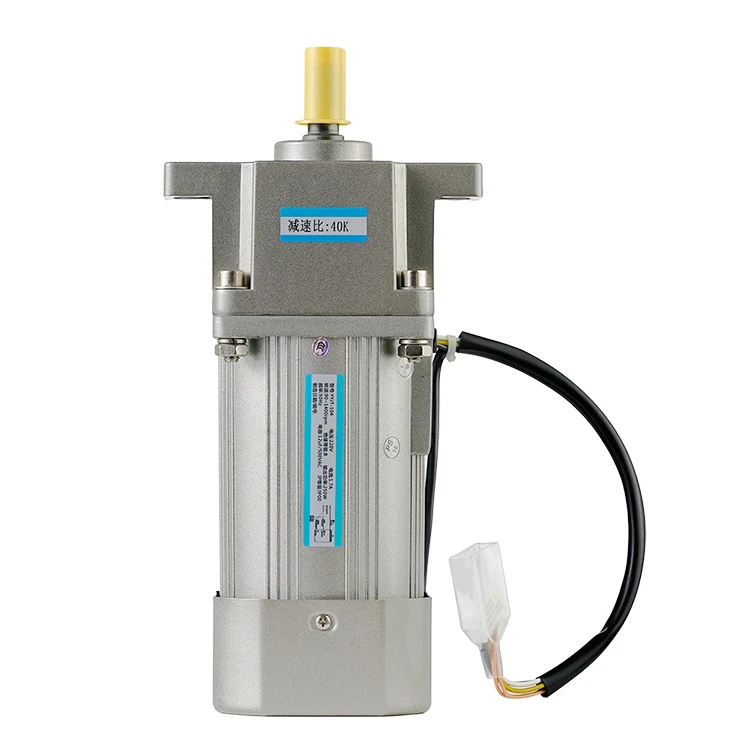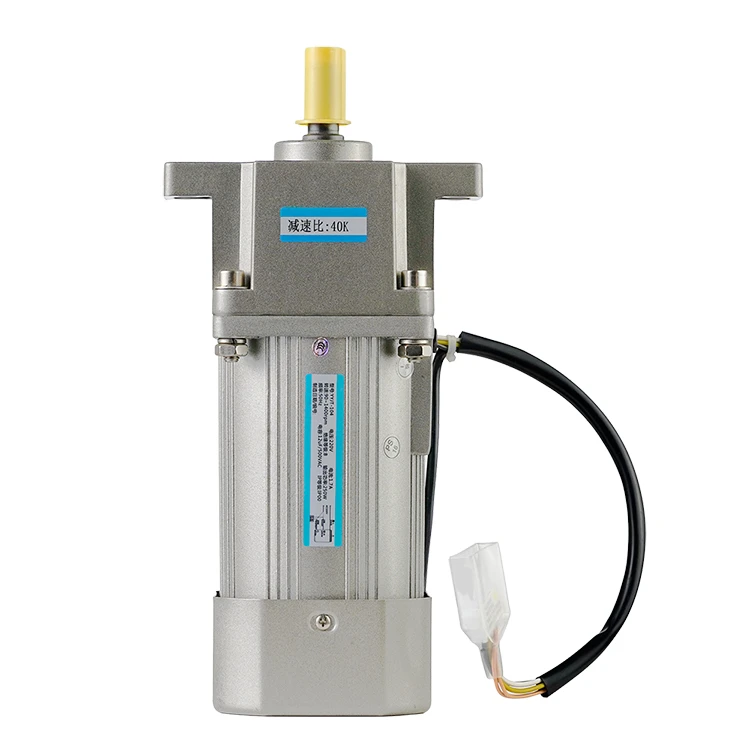What is the difference between DC and AC servo motors?
2022-11-02 11:00:58
In general, the power supply is the main difference between AC and DC servo motors. An AC servo motor relies on an AC power source, while a DC servo motor relies on a DC power source (such as a battery). The performance of AC servo motors depends on voltage and frequency, while the performance of DC servo motors mainly depends on voltage. Specifically, their differences mainly include the following aspects:
- DC servo motor mainly includes a stator, rotor core, motor shaft, servo motor winding commutator, servo motor winding, etc. The structure of an AC servo motor can be divided into a stator part and a rotor part. AC servo motors are two-phase AC motors.
- The output power is different. AC servo motors provide low power output, typically around 0.5 W to 100 W. DC servo motors provide relatively high power output.
- Speed and torque are different. ac servo motors are suitable for high torque and high-speed work. DC servo motors are only suitable for limited torque and speed.
- Maintenance and care. AC servo motors require less maintenance because they have no commutator. DC servo motors require regular maintenance due to the commutation process.
What is a servo motor?
Servo motors are mechanical components used in automatic control systems. A servo system is a tiny component with an output shaft. Due to the design of the actuator, the servo provides high-speed control accuracy. When the motor receives a signal, it speeds up its operation as instructed by the user or engineer. If the purpose of a mechanical system is to determine the position of a specific object, the system is called a servo. Servo motors include AC motors and DC motors.
Conclusion
Due to their respective characteristics and differences, DC servo motors and AC servo motors have different applications. The specific choice of motor should still be determined according to the user's use environment and use requirements.
See What Lunyee Can Do For You
Contact Us
- 8619149417743
- +86-0371-5562 0274
- [email protected]
- Zhengzhou, Henan Province, China
- Mon-Fri: 9:00 - 18:00
